A navy corpsman joins the marines — Part 2
I arrived at Camp Del Mar, a sub-camp of Camp Pendleton near Oceanside, California, about 30 hours after leaving Tokyo for San Francisco in a Continental Airlines Boeing 707 (my first flight in a jet), then taking a Greyhound from San Francisco to Oceanside.

Becoming a “Marine”
At Del Mar, Marine Corps instructors and senior navy hospital corpsmen taught us basic combat first aid, introduced us to the basic Marine Corps’ light weapons of the day (the relatively new M-14 rifle and the sidearm we would be issued, the M1911 Colt .45 automatic pistol, which dated, with only minor design changes, from 1911.
Although I learned to field strip both weapons blindfolded, I fired just one clip in the M-14 during my training at Camp Del Mar. What a miserable day that was! It started with a class which might have been titled, “Crawling under barbed wire beneath live machine-gun fire without getting killed, but getting even your underwear filled with sand.” First we become “familiarized” with the M-14, firing it from a prone position. I myself had to get “familiar” with the M-14 wearing my navy dungarees (which were nothing at all like Levis) and my light cotton navy shirt. No one should ever fire an M-14 from a prone position wearing a light cotton navy shirt. (The Marines were in a big hurry to get us qualified as FMF corpsmen, such a hurry that the order for marine uniforms — or at least my uniform — hadn’t been filled by the time we graduated.)
The “Crawling beneath live machine-gun fire” class was an experience which really could kill you if you were stupid enough to try to raise your head above the dirt. The machine-gun bullets were flying just inches above us. When we finished, I was exhausted, dirty, pretty stressed, and mad as hell.
The war in Vietnam was heating up quickly — a Marine battalion had already landed at Da Nang—and my class was graduated a week early. My orders sent me to the 3rd Battalion, 1st Marine Division, which assigned me to Mike Company.
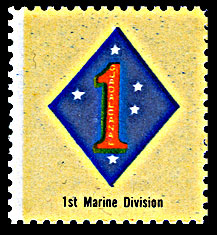
I didn’t know a thing about the regiment’s history at that time; it might have given me pause if I had learned that 3/1 was called the “Guadalcanal Regiment,” as a result of its furious and deadly assault on Guadalcanal in 1942, and that it had been in the thick of the actions at Pelileiu, New Guinea, New Britain, and Okinawa. Then, in Korea, the regiment had stormed ashore at Inchon and fought the Chinese, North Koreans, and the cold in the Choisin Reservoir Campaign.
!clear
We embark for Okinawa
In August, 1965, just a few weeks I joined Mike Company, and after some half-hearted attempts to train us newbie FMF corpsmen in the ways of the Marines (throwing dummy grenades, pitching pup tents, eating field rations, and “defending” a ridge from “raiders” during a night “attack,” happily firing blanks at the “enemy” with M-14s), we embarked for an Okinawa aboard U.S.S. Magoffin (APA-199).

At last I was on a real ship, which had been one of my goals when I decided to join the navy. Although our accomodations were below waterline, and our bunks were stacked three or four high, and there was insufficient water for showers, the voyage across the Pacific (to Camp Schwab, Okinawa, it turned out) became one of the highlights of my military career.
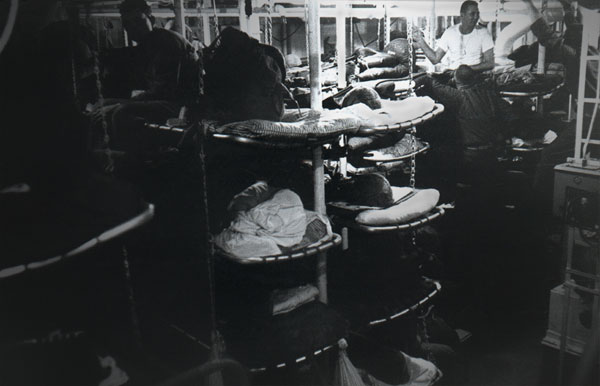
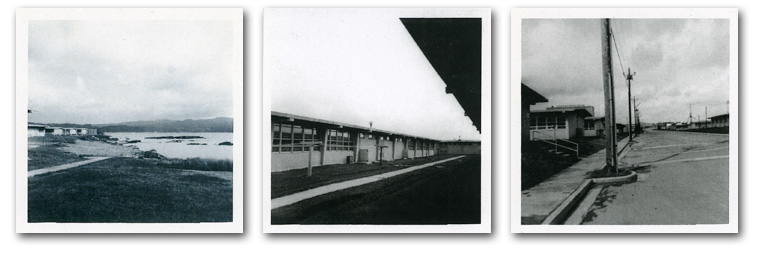
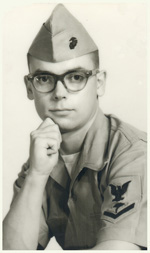
We spent several months at Camp Schwab, training for jungle warfare some of the time, and sitting on our hands most of the time. And I had literally been slowed down a bit because I had to have surgery for an inguinal hernia, after which I was transferred to Headquarters & Service Company for light duty in sick bay. I stayed with H&S Company through the rest of our stay in Okinawa and for the first month and a half in South Vietnam.
NOT ready for combat!
Despite my training, I felt ill-prepared for combat. I was ill-prepared for combat! I would be armed with a .45 automatic pistol, but I had had just one opportunity to fire one clip with it, and I hadn’t come close to hitting the large straw target. During a battalion inspection, a senior officer asked me if I was ready for Vietnam. “No, Sir!” I responded, but he wasn’t listening. In addition, I was not confident that I was a good enough corpsman to deal with life-threatening wounds, which the marines, not to mention the corpsmen, would probably suffer; we didn’t get a lot of news in Okinawa, but we were aware that the situation in Vietnam was turning into a bloodbath.
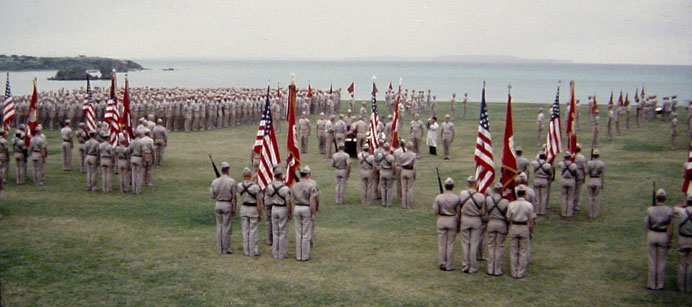
We land in South Vietnam
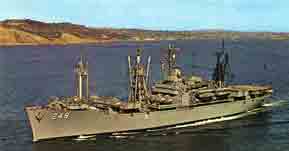
In mid-January, we embarked for Vietnam on the U.S.S. Paul Revere (APA-248). After a practice amphibious landing on the Philippine Island of Mindoro and some gunnery practice for the ship’s gunners, we arrived off the coast of South Vietnam on the night of January 27, 1966. The next morning, we made an unopposed amphibious landing on a broad, white beach near Duc Pho in Quang Ngai Province. The 3rd Battalion, 1st Marines was once again at war, and I was in the middle of it.